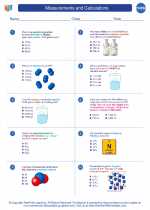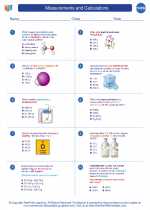Angiosperms
Angiosperms are a group of plants that produce flowers and enclosed seeds. They are the most diverse and widespread group of plants, with over 300,000 species. Angiosperms play a crucial role in the ecosystem as a food source for humans and animals, as well as providers of oxygen and habitat for other organisms.
Characteristics of Angiosperms
- Flowering Plants: Angiosperms are characterized by the presence of flowers, which are reproductive structures that produce seeds.
- Enclosed Seeds: The seeds of angiosperms are enclosed within a protective ovary, which develops into a fruit after fertilization.
- Vascular Tissue: Like other plants, angiosperms have vascular tissue (xylem and phloem) for the transport of water, nutrients, and sugars.
- Leaves: Most angiosperms have broad leaves with a network of veins, which are adapted for photosynthesis.
- Roots: They have roots that anchor the plant and absorb water and minerals from the soil.
Life Cycle of Angiosperms
The life cycle of angiosperms involves alternation of generations, with a sporophyte stage (the dominant stage) and a gametophyte stage. The key stages in the life cycle of angiosperms include:
- Flower Formation: The reproductive process begins with the formation of flowers, which contain male and female reproductive structures.
- Pollination: Pollen, produced by the male reproductive organs (anthers), is transferred to the female reproductive organs (stigma) of the same or another flower, leading to fertilization.
- Fertilization: The fusion of male and female gametes leads to the formation of a zygote, which develops into a seed within the ovary.
- Seed Dispersal: Once the seeds are formed, they are dispersed by various mechanisms such as wind, water, animals, or gravity.
- Germination: When conditions are favorable, the seed germinates and develops into a new plant, completing the life cycle.
Importance of Angiosperms
Angiosperms have immense ecological and economic importance. They serve as a primary food source for humans and animals, providing fruits, vegetables, grains, and spices. Additionally, many important products such as wood, fibers, medicines, and essential oils are derived from angiosperms. Furthermore, they contribute to the balance of ecosystems by providing habitats for a wide range of organisms and playing a crucial role in the carbon cycle and oxygen production through photosynthesis.
Study Guide for Angiosperms
When studying angiosperms, it's important to focus on the following key areas:
- Understanding the structure and function of flowers, including the different parts and their roles in reproduction.
- Exploring the process of pollination and fertilization, and how they contribute to seed and fruit formation.
- Identifying the adaptations of angiosperms for successful reproduction, including mechanisms for seed dispersal and germination.
- Explaining the ecological and economic significance of angiosperms, and their impact on human societies and the environment.
By mastering these concepts, you will develop a comprehensive understanding of angiosperms and their pivotal role in the natural world.
.◂Chemistry Worksheets and Study Guides High School. Measurements and Calculations

 Worksheet/Answer key
Worksheet/Answer key
 Worksheet/Answer key
Worksheet/Answer key
